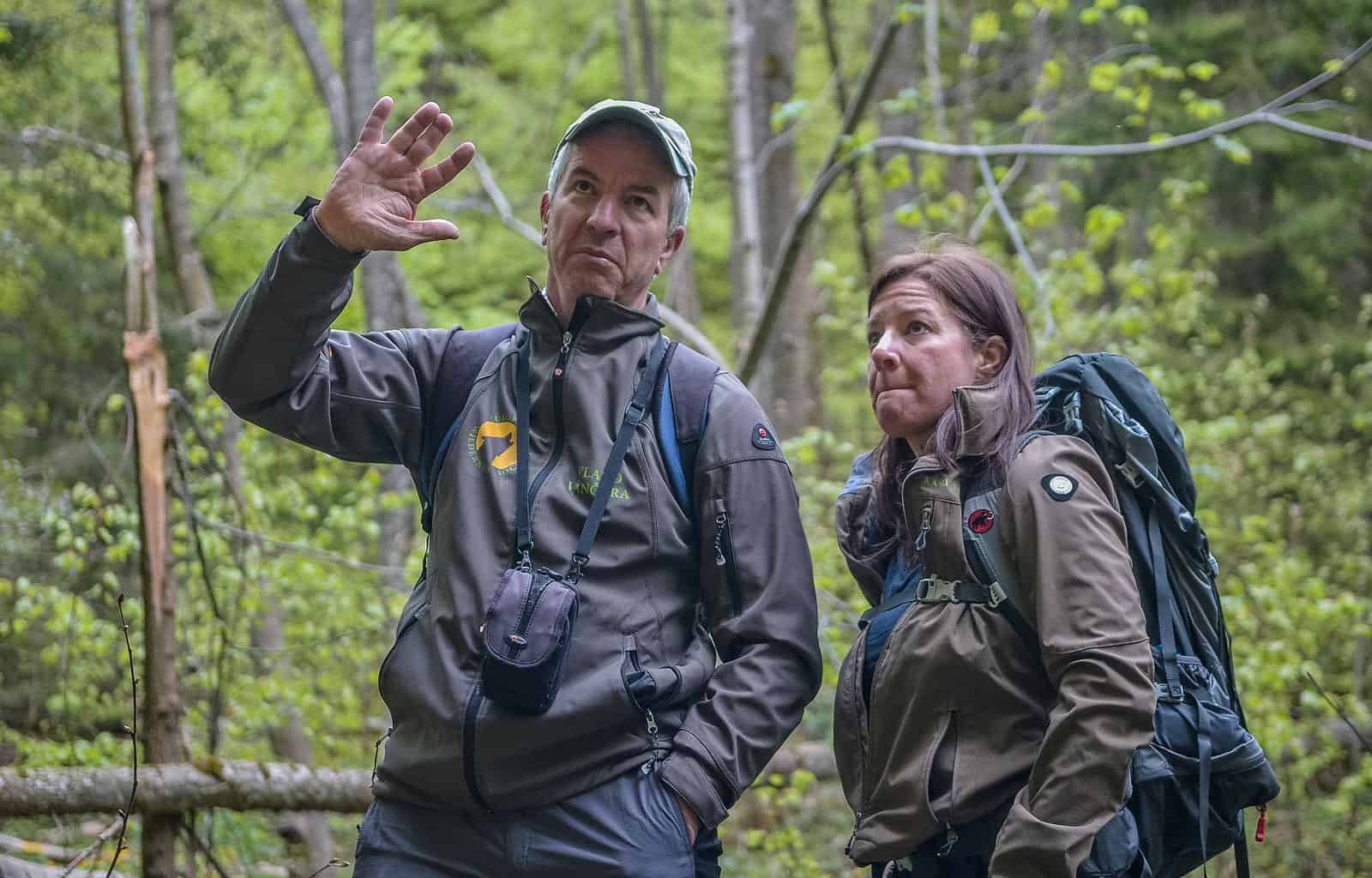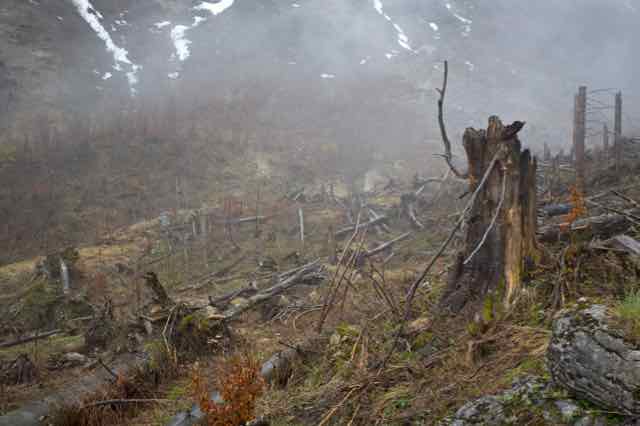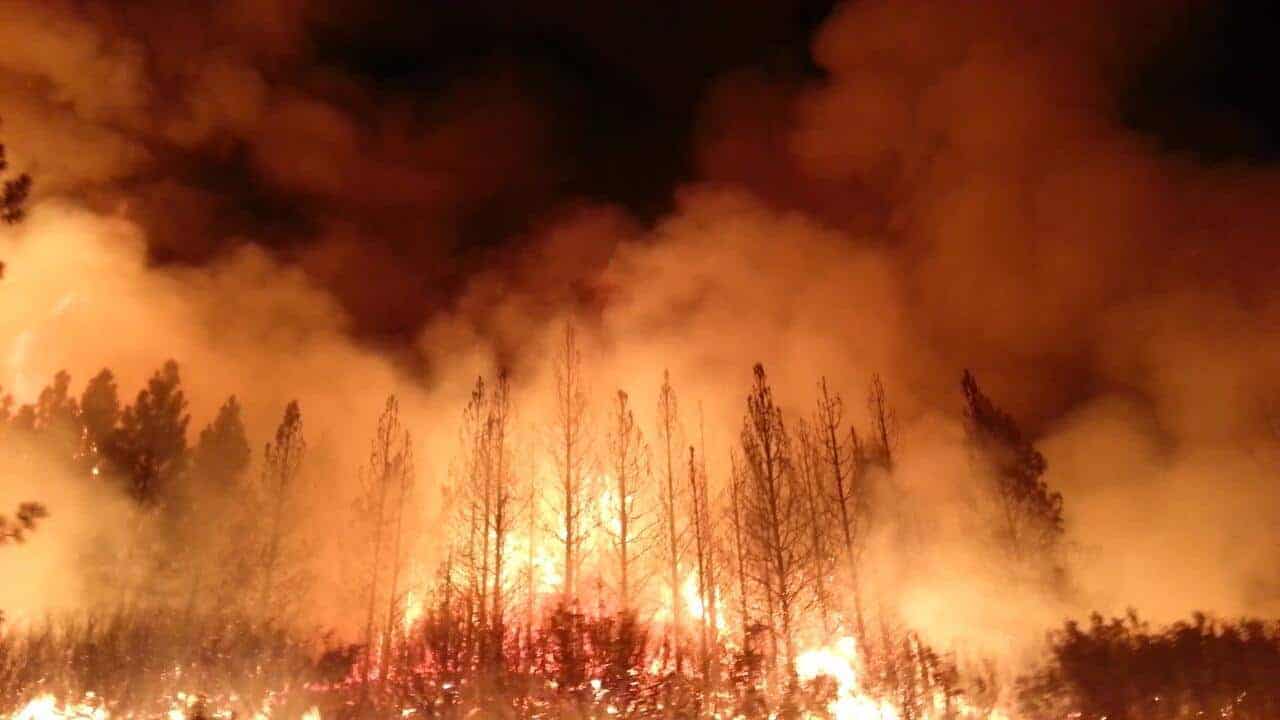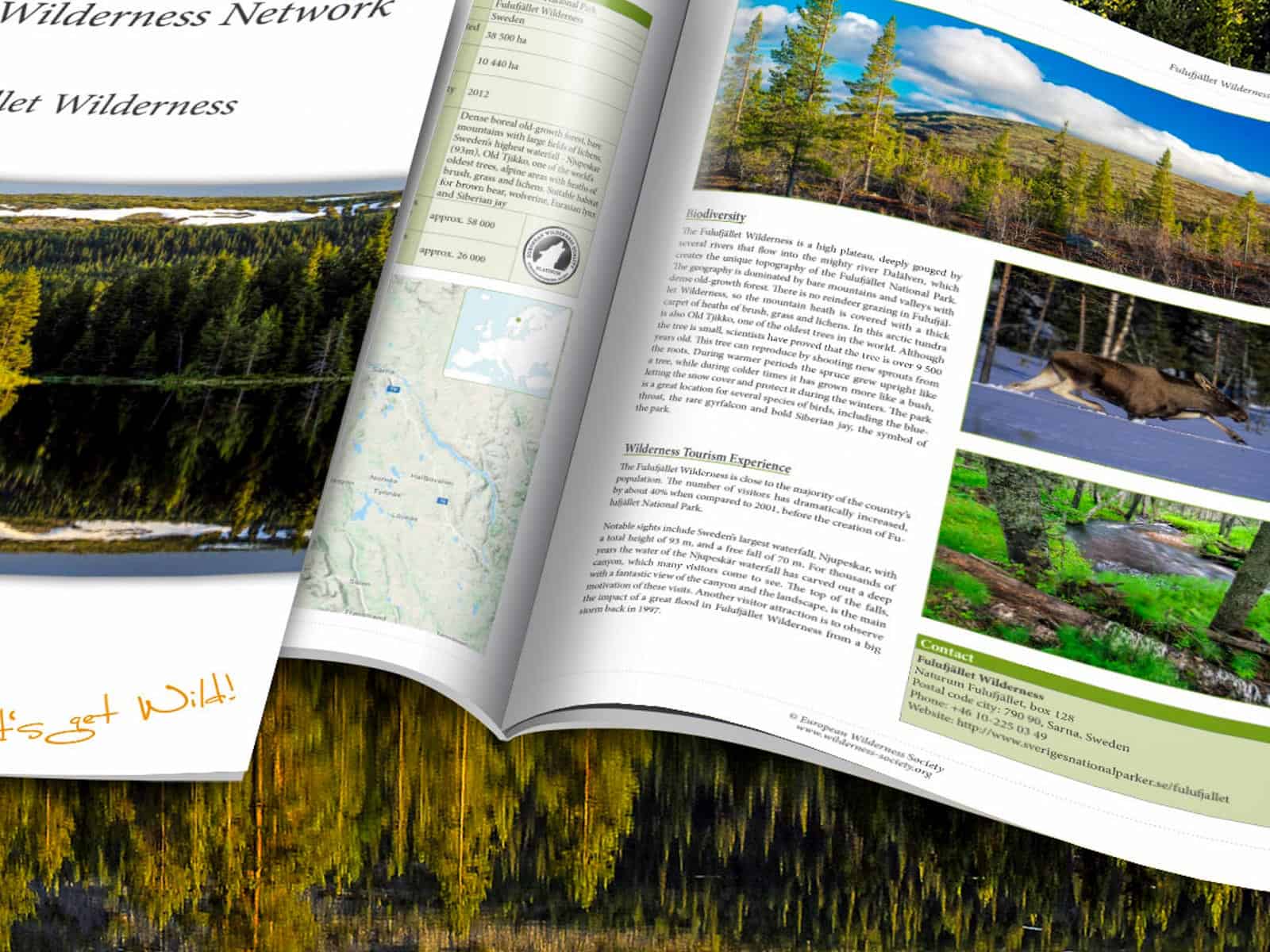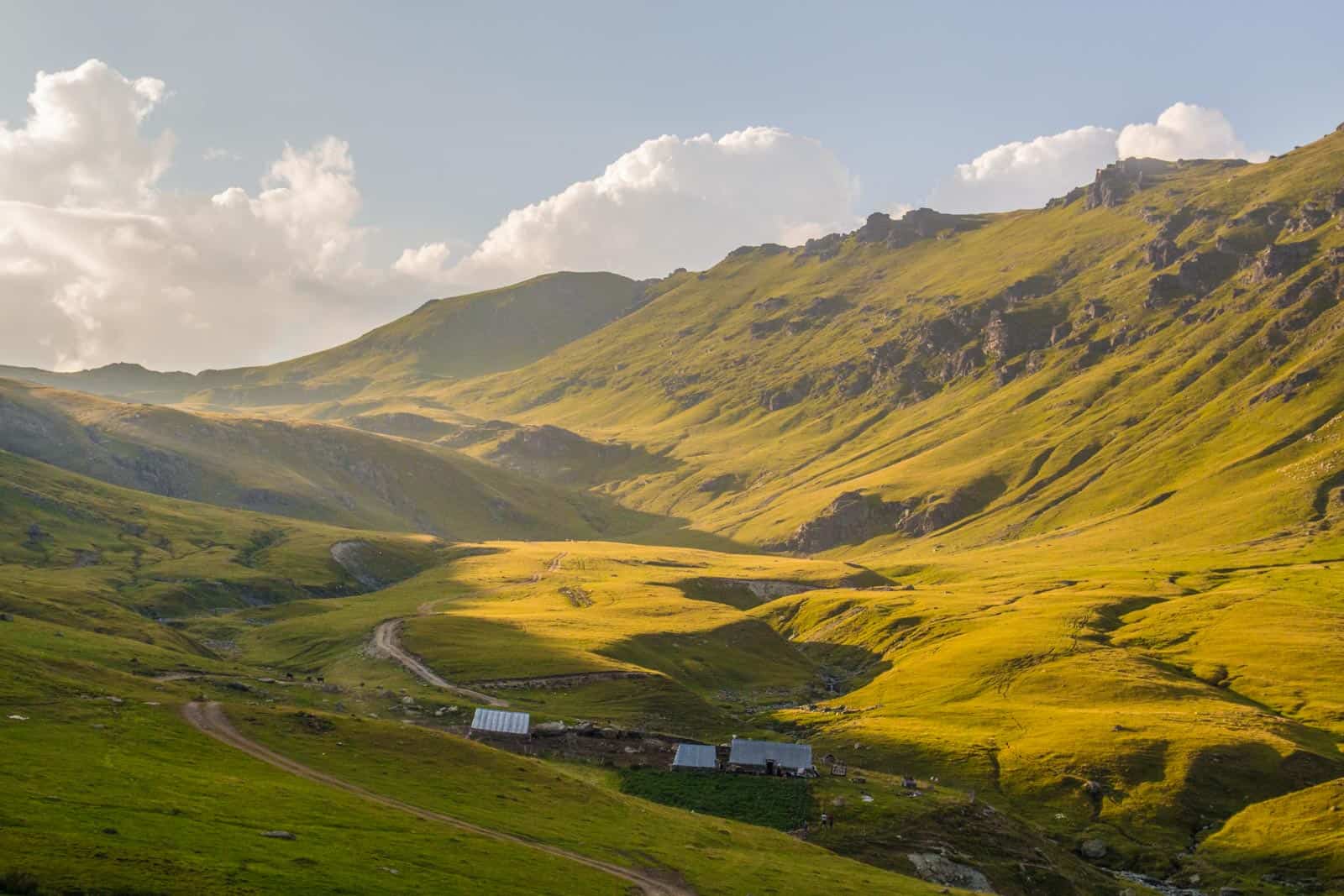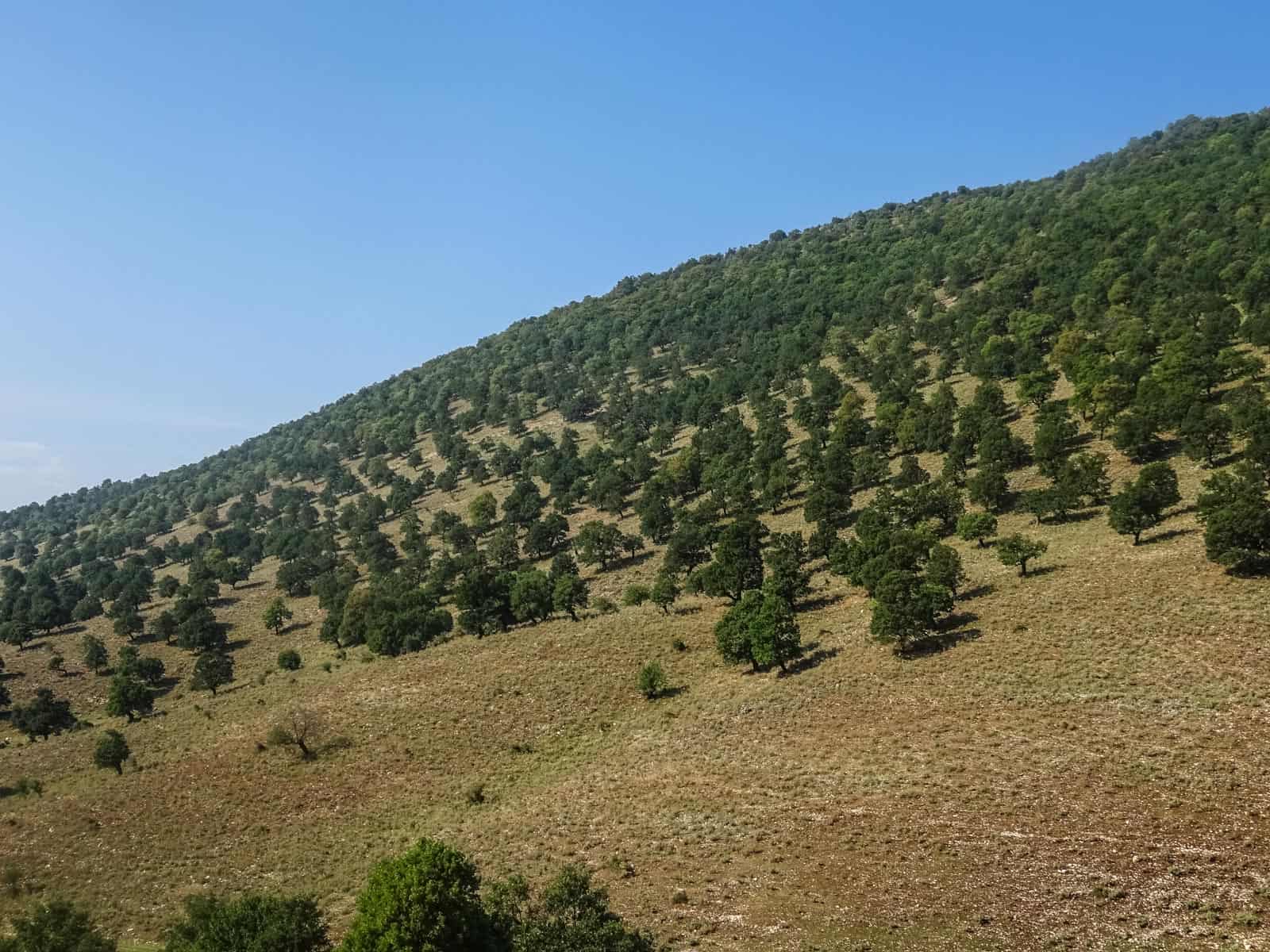The disappearance of Earth’s 4th largest lake
Drying lakes are a growing problem thanks to climate change, but nothing can compare to the fate of the Aral Sea. How could a lake as big as Bavaria shrink to a tenth of its size in just a few decades?
The Aral Sea was located in Central Asia between Kazakhstan and Uzbekistan. With an area of 68,000 km2, it was once the 4th largest lake in the world. Its name means “Sea of Islands”, as over a thousand islands were once dotted across its surface. The Aral Sea once supported an array of wildlife, including over 300 bird species, 250 aquatic invertebrates, several native fish species and huge herds of the highly endangered saiga antelope. The lake also held significant cultural and economic importance for the local people, whose livelihoods depended on fishing.
That was a long time ago. Now, the areas once covered by the lake’s expansive waters are a desert. If it weren’t for the husks of fishing vessels that litter the dry landscape, you wouldn’t believe that the barren wasteland was once underwater. So what killed the Aral Sea?
“Sea of Islands” sacrificed for white gold
It started in the 1950s, when the lake’s fishing industry was at its peak. Employing around 40,000 people, it was an important fish source for the larger region. However, the Soviet Union, which had gained control of Central Asia, wanted to make the area a major cotton exporter. As cotton requires an enormous amount of water to grow, they decided to divert the Amu Darya and Syr Darya rivers to irrigate the desert landscape. It worked: Uzbekistan is now the world’s 8th largest cotton producer; the crop makes up almost a fifth of the country’s exports, earning it the moniker “white gold”. But it came at a heavy price.
These rivers were the sources of the Aral Sea, and with 90% of their water feeding the land, the lake began to shrink rapidly. 60,000 km2 of water dried up in just a few decades. Bustling ports ended up miles away from the shore. Salt flats spread across the landscape and ended up in the disappearing lake. Salinity levels increased and, combined with agricultural runoff, practically eliminated fish stocks. And within a few decades, the fishing industry dried up along with the lake. Today, the Aral basin holds two small, salty lakes; mere fragments of the once great Aral sea.

The Soviets knew the Aral Sea would disappear following their plan, but did not predict some of the other effects. The collapse has had serious consequences for local people. Those that didn’t emigrate faced breathing problems and cancer thanks to pesticides in drinking water and dust storms. Children are particularly vulnerable; infant mortality stands at 75 per 1,000 births. Those that survive have few prospects in the region. The fishing industry is no longer commercially viable. Agriculture is made difficult by the hostile environment.
Could the Aral Sea return?
The 21st Century has held some good news for the lake. In 2005, the Kokaral dam was built in Kazakhstan with the aim to restore the northern lake in the Aral basin. Since then, water levels have risen, salinity levels have dropped and fishing has partly resumed. Fish and birds have returned so quickly to the revived areas that locals call the Kokaral “the magic dyke”. Kazakhstan plans further projects in the future, including growing shrubs to prevent dust storms.
However, no attempts have been made to recover the southern part of the former Aral Sea, which is now almost completely dead. To this day, Uzbekistan’s government heavily encourages cotton production, even forcing children to work during the harvest. And so the Amu Darya continues to feed the country’s dubious cash crop. Drilling for oil and gas has also started in the Aral Basin, adding climate change to the list of negative effects of the lake’s drainage. There are greener alternatives to improve the economy though. Sustainable farming for increasing carbon storage in the region, while also improving food security, was suggested in a recent study (read below).
It is highly unlikely that the Aral Sea will ever return to its former size. But its fate serves as a stark warning of the consequences of drastically altering the natural landscape for human interest. No matter what economic benefits it may bring, the consequences of ecosystem destruction will be felt most by those that live there.


